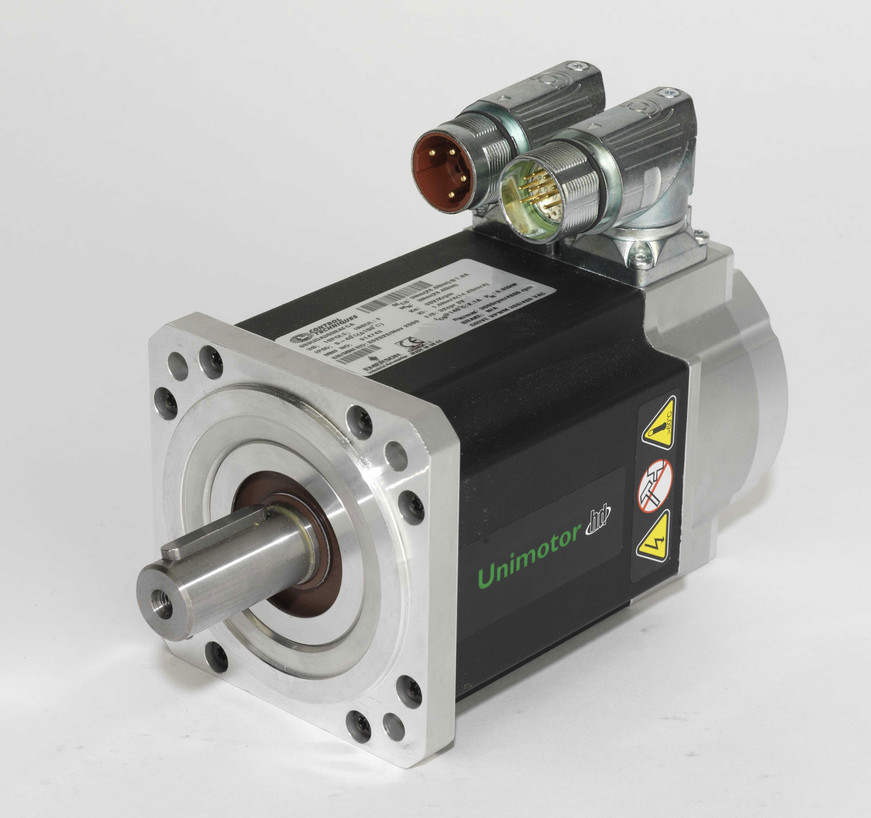Servo Motors vs. Stepper Motors in Motion Control
Choosing the right motor is critical for the efficiency and productivity of your motion control applications. It can be difficult to choose between servo motors and stepper motors as there are so many considerations: cost, torque, efficiency, speed, accuracy, performance and more.
It helps to first understand what the differences are and the particular pros and cons of each. You can then align the specifications of the motor with the needs of your application.
Differences in Servo Motors and Stepper Motors for Motion Control Applications
The main difference between these motors comes from the overall pole count. Stepper motors have a high pole count, usually between 50 and 100. Servo motors have a low pole count – between 4 and 12. Stepper Motors provide good reliability at low speeds, generally below 2000RPM, in contrast Servo Motors are more expensive but provide good reliability at low and high speeds. The Unidrive M700 controls the Unimotor HD Servo Motors very well and even has a built in Advanced Motion Controller, which provides up to 1.5 axis of control built in to the drive.
This difference in pole count means that stepper motors move incrementally with a consistent pulse in a closed loop system. Servo motors require an encoder to adjust pulses for position control.
Stepper Motors in Motion Control: Pros and Cons
Stepper motors, due to their high pole count, offer precision drive control for motion control applications. They have a high torque at low speeds, and they’re also relatively inexpensive and widely available.
Stepper motors have limitations though. At high-speeds, they lose nearly all of their torque, sometimes up to 80%. They produce high vibrations levels and are prone to resonance issues. Stepper motors also produce high amounts of heat, which can be an issue in certain applications.
Servo Motors in Motion Control: Pros and Cons
The main benefit of servo motors is they provide high levels of torque at high speed and low speed – something stepper motors can’t do. They also operate at 80 – 90% efficiency, which saves you money on your power bill. Servo motors are controlled by inverters, and do not suffer from vibration or resonance issues. Check out our selection of inverters to control servo motors:
Servo motors have many advantages, but a major drawback is that they are more expensive than stepper motors. Add in the cost of an encoder, and often a gearbox, and the whole system can become quite costly. Also, the need for an encoder and gearbox makes the system more mechanically complex, leading to more frequent maintenance and higher costs.
Each motor has its pros and cons. Knowing the differences between servo and stepper motors can help you align the needs of your application with the right type of motor. At Mechanical Electrical Systems we have been in the business since 1979, give us a call today 317-844-7328 to discuss your next application and how we can help.


